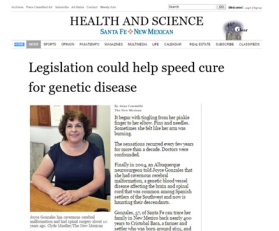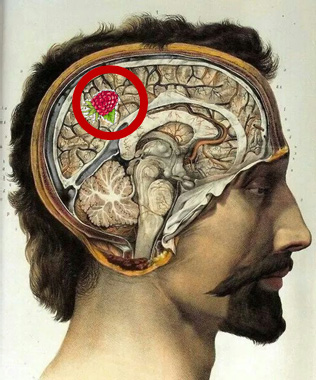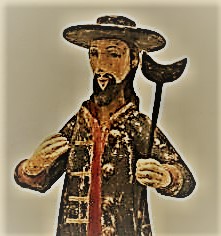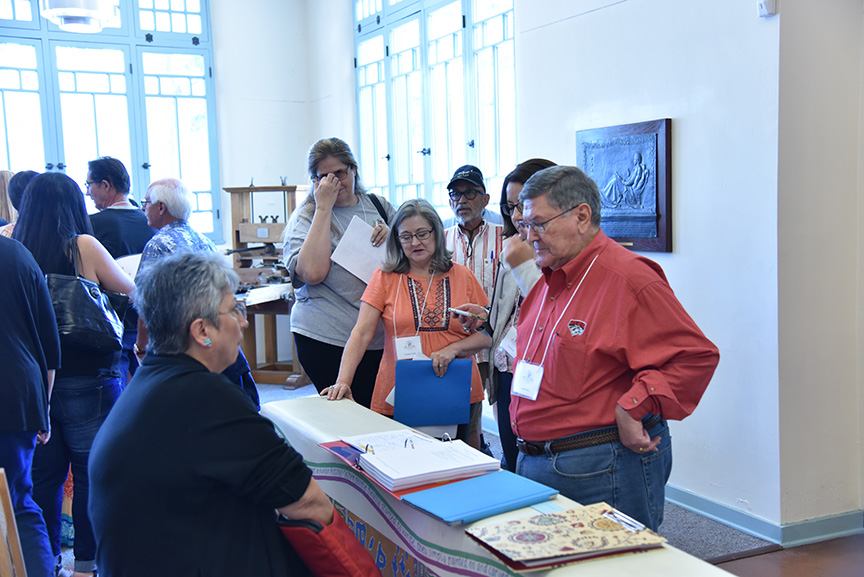The Baca Family Historical Project
Perhaps more than anywhere in the United States, Hispanics of northern New Mexican descent connect to their heritage. Geographically isolated for hundreds of years, many families have remained in place since the 1600’s. Ancestral stories are part of everyday conversation. This passion is an opportunity for connection. 
The Baca Family Historical Project, established in 2017, was a 4-year campaign connecting the descendants of Cristóbal Baca and Ana Maria Pacheco Ortiz, one of the original Spanish settlers in northern New Mexico. We facilitate connection through Facebook, through in-person events, at community gatherings, and by interfacing with community leaders like clergy, non-profit administrators, and city officials in our target cities. We are celebrating heritage and creating opportunities for this extended family to meet and get to know each other. We have created a book to preserve the connections and history.
The work of the Baca Family Historical Project continues through the New Mexico Department of Health, the University of New Mexico, and the New Mexico chapter of Angioma Alliance who can be reached at NMangioma@gmail.com. Joyce Gonzales, genealogist, continues to research family connections and would love to be contacted at joyce@angioma.org by anyone who believes he or she may be connected to the Baca family. She will research your heritage. Her work is also available on Ancestry.com.
The project’s purpose has been:
- To identify descendants of Cristobal Baca and his wife Ana Maria Pacheco Ortiz believed to be the progenitors of the Hispanic genetic mutation causing cerebral cavernous angioma.
- To connect and educate affected families with others experiencing the same issues and provide resources for them to make informed decisions about their medical care.
- To lead outreach efforts in high-risk communities throughout New Mexico, social media and in-person events.
- To sponsor community gatherings at schools, community centers, and fairs.
The Angioma Alliance website contains more information about the Common Hispanic Mutation



